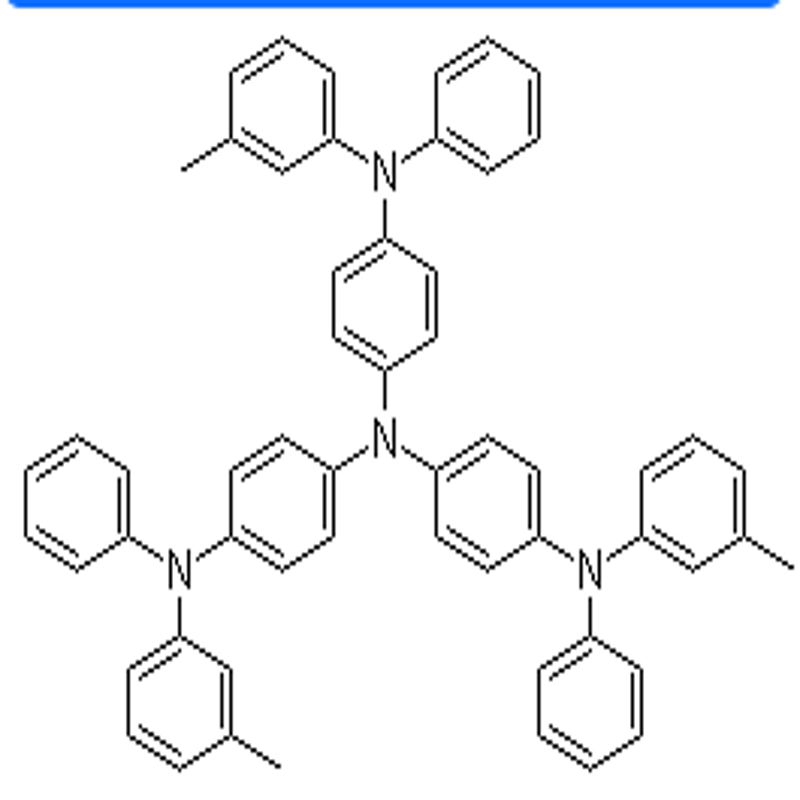-
Categories
-
Pharmaceutical Intermediates
-
Active Pharmaceutical Ingredients
-
Food Additives
- Industrial Coatings
- Agrochemicals
- Dyes and Pigments
- Surfactant
- Flavors and Fragrances
- Chemical Reagents
- Catalyst and Auxiliary
- Natural Products
- Inorganic Chemistry
-
Organic Chemistry
-
Biochemical Engineering
- Analytical Chemistry
-
Cosmetic Ingredient
- Water Treatment Chemical
-
Pharmaceutical Intermediates
Promotion
ECHEMI Mall
Wholesale
Weekly Price
Exhibition
News
-
Trade Service
9-Octyl-2,7-bis(4,4,5,5-tetramethyl-1,3,2-dioxaborolan-2-yl)-9H-carbazole, also known as BODIPY, is a molecule that has been widely studied for its potential use in organic electronic devices such as organic light-emitting diodes (OLEDs) and organic solar cells (OSCs).
Its chemical structure, consisting of a boron-dioxaborole ring system attached to a carbazole moiety, imparts unique electronic and photophysical properties to the molecule.
However, the safety of BODIPY and its potential use in commercial devices have been a subject of concern.
In this article, we will explore the potential safety risks associated with BODIPY and the measures that are being taken to mitigate them.
One of the primary concerns with BODIPY is its potential toxicicity.
Studies have shown that BODIPY has the potential to be toxic to aquatic life, with high mortality observed in fish and other aquatic organisms exposed to high concentrations of the molecule.
Additionally, there is some evidence to suggest that BODIPY may be toxic to human cells as well, with DNA damage observed in human lymphocyte cells exposed to high concentrations of the molecule.
However, it is important to note that the toxicology of BODIPY is still not well understood, and more research is needed to fully evaluate its safety.
The potential toxicity of BODIPY is also dependent on factors such as the concentration of the molecule, the duration of exposure, and the specific chemical form in which it is presented (e.
g.
as a pure compound, or in the context of an organic electronic device).
Another concern with BODIPY is its potential to degrade and break down into other compounds, some of which may be toxic or potentially harmful to human health.
For example, studies have shown that BODIPY can degrade into metabolites that are highly reactive and capable of causing DNA damage.
To address these safety concerns, researchers are actively working to develop safer and more environmentally friendly alternatives to BODIPY.
These alternatives have similar electronic and photophysical properties to BODIPY, but are less toxic and more stable under a wide range of conditions.
One such alternative is the use of non-metallic phosphorescent materials, which have shown promising results in OLED devices.
Non-metallic phosphorescent materials have advantages over metal-containing materials like BODIPY, as they are less toxic and more stable, with a lower potential for degradation under a wide range of conditions.
Another approach to addressing the safety concerns associated with BODIPY is to focus on improving its stability and longevity.
Researchers are working to develop new methods for synthesizing BODIPY and other boron-dioxaborole-based molecules that are more stable and less prone to degradation under a wide range of conditions.
In addition, efforts are being made to develop more efficient and effective methods for recycling and disposing of OLED devices that contain BODIPY and other organic materials.
These methods will help to minimize the potential environmental impact of these devices and reduce the risk of harm to human health.
In conclusion, while the safety of BODIPY and its potential use in organic electronic devices is a subject of concern, there are ongoing efforts to develop safer and more environmentally friendly alternatives to BODIPY.
These alternatives possess similar electronic and photophysical properties to BODIPY, but are less toxic and more stable under a wide range of conditions.
With continued research and development, it is likely that safer and more sustainable options for organic electronic devices will become available in the near future.




![2-{2-[5-(4-Diphenylamino-phenyl)-thieno[3,2-b]thiophen-2-yl]-thiazol-5-ylmethylene}-malononitrile("2-{2-[5-(4-Diphenylamino-phenyl)-thieno[3,2-b]thiop](https://file.echemi.com/fileManage/upload/goodpicture/20241227/2-2-5-4-diphenylamino-phenyl-thieno3-2-bthiophen-2-yl-thiazol-5-ylmethylene-malononitrile2-2-5-4-diphenylamino-phenyl-thieno3-2-bthiop_b20241227163000152.png)


